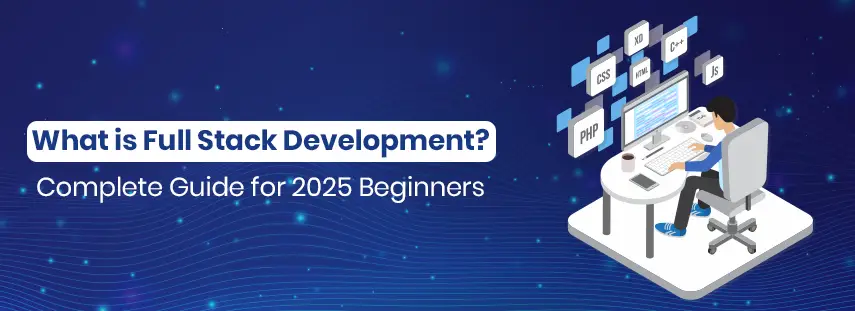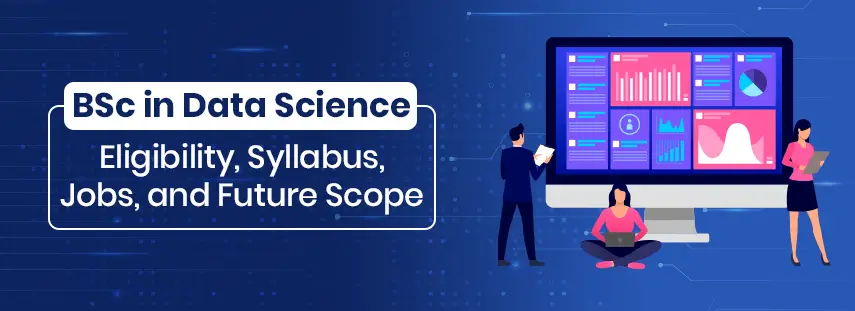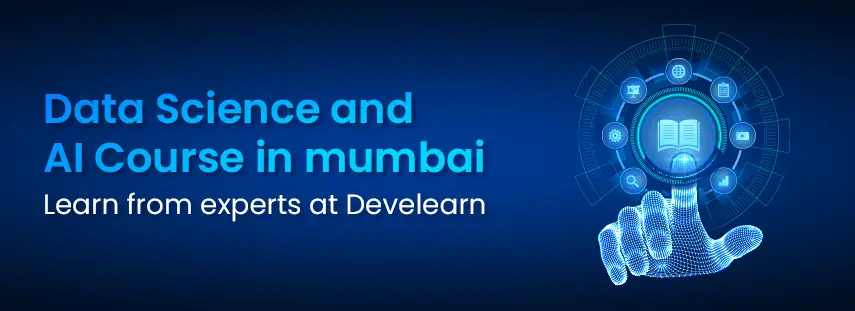Join As Students, Leave As Professionals.
Develearn is the best institute in Mumbai, a perfect place to upgrade your skills and get yourself to the next level. Enroll now, grow with us and get hired.

What Does a Data Analyst Do? (2025-26 Career Guide)
A data analyst collects, refines, and interprets data sets to unravel mysteries, answer burning questions, and address critical problems.
Data analyst
Career Guide
Data Analysis
Career Trends in 2024
DeveLearn
20 minutes
November 6, 2023
Loading content...




